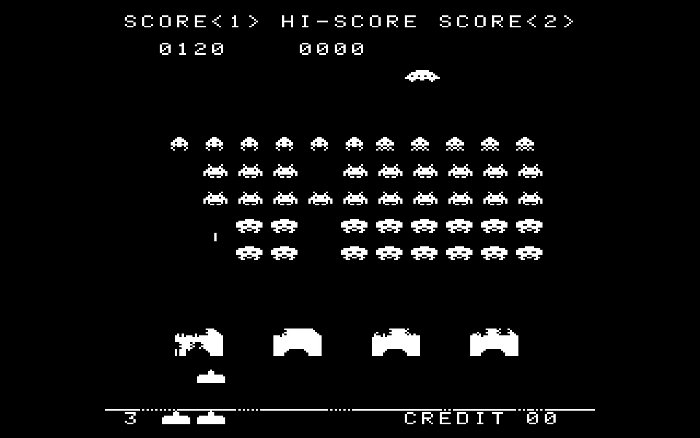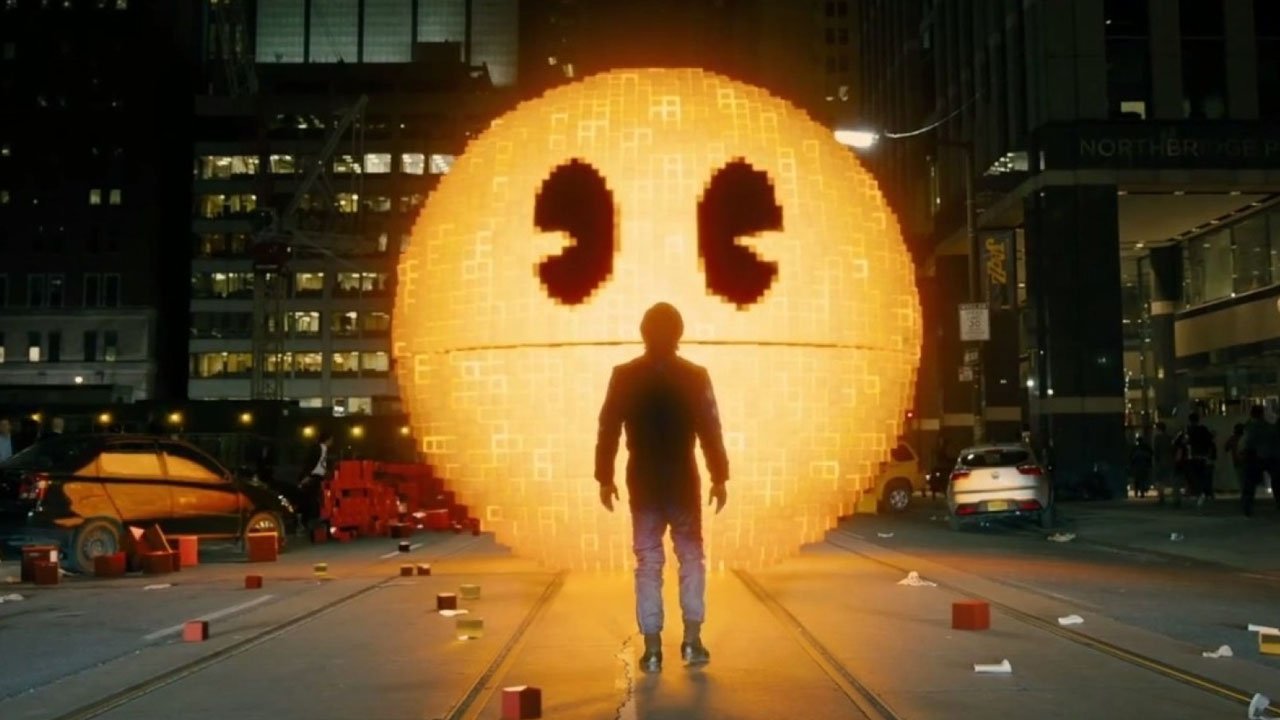Videogames started out as a stigmatised subculture form of entertainment. Players were often labeled as “nerds” and seen as “that” person. Now, almost everyone plays games, whether it be on their phone, computer, console, or other platform. The videogame culture has become so ingrained into our society that the stigma has begun to lift. People are no longer using videogames for entertainment alone. Education, health, and tools to spread awareness are now commonplace. When arguing the legitimacy of videogames as an art form, there’s a lot to take into consideration.

The amount of time and hard work that goes into development is just as much as any other form of art. Take the making of characters, writing the story and script, and manipulating items to move for example. It doesn’t matter if the development team is made up of three or three hundred; there is still a lot of blood, sweat, and tears that goes into it. There needs to be some sort of creativity to bring in an audience, otherwise, what’s the point of the game? If every single Final Fantasy instalment were the same, it wouldn’t have done as well as it has.
Back when games were in their infancy, artists had to rely on their own imagination. Tōru Iwatani, the creator of Pac-Man, or Tomohiro Nishikado, who made Space Invaders, had to come up with these ideas themselves. There weren’t any other games that they could really take ideas from. As games developed, the options and possibilities increased. Faces, colours, and storylines made games more complex forms of entertainment. People looked more like humans, objects changed from pixel art to lifelike 3D images, and worlds became bigger than the Earth itself.

There is the argument that some games aren’t art, and disputes will occur despite the U.S. Supreme Court judgment. Some would say videogames exist just because they can. The same goes for any painting, sculpture, or play. Fountain by Marcel Duchamp has been argued to be both art and anti-art because it’s an appropriation. Besides, what’s art without a little controversy?
These games have such an impact that they cause people to bond over them. People join online communities for their favourite games where they meet other people, discuss different aspects of the game, and develop friendships. They also share fan art, stories, screenshots, mods, and maps with each other. Sometimes they’ll team up in guilds to raid kingdoms or plan methods of infiltrating alien planets. These relationships exist in real life, too. Conventions like Comic-Con bring in a massive crowd of like-minded people. There, they can get the latest news, participate in activities, and meet other people who like not just comics, but film, games, and much more.
From stigmatized subculture to everyday use, videogames have become more than disposable entertainment. They teach, tell stories, and keep people connected. While videogames aren’t in their infancy anymore, they are still relatively young. There’s still a lot left to explore when it comes to interactive art, and videogames are the first step.




